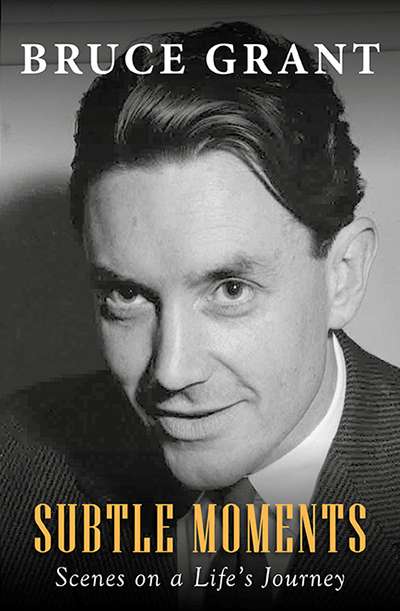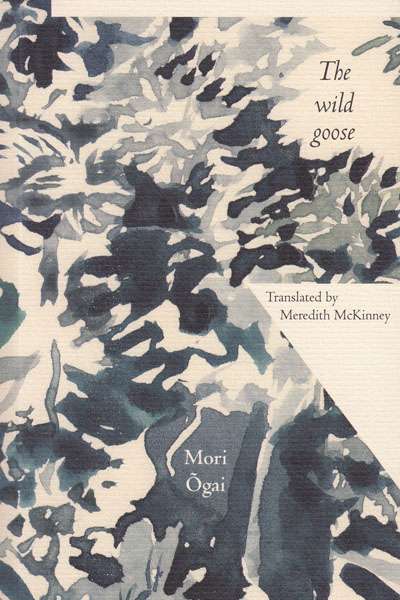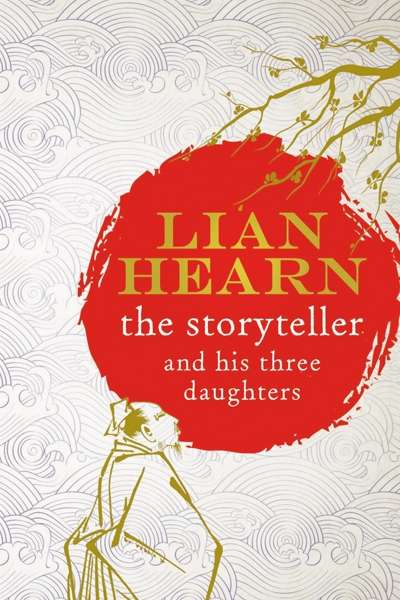Alison Broinowski
Scurvy
Dear Editor,
All authors are perhaps oversensitive to reviews of their books, but I have never been tempted to quarrel with a reviewer until now. Alan Atkinson’s review of Scurvy: The disease of discovery (April 2017) contains a ...
Subtle Moments: Scenes on a life’s journey by Bruce Grant
by Alison Broinowski •
The Wild Goose by Mori Õgai, translated by Meredith McKinney
by Alison Broinowski •
Colorless Tsukuru Tazaki and His Years of Pilgrimage by Haruki Murakami
by Alison Broinowski •
Dangerous Allies by Malcolm Fraser, with Cain Roberts
by Alison Broinowski •
The Storyteller and his Three Daughters by Lian Hearn & Henry Black by Ian McArthur
by Alison Broinowski •
Desert Passions: Orientalism and Romance Novels by Hsu-Ming Teo
by Alison Broinowski •
The Untold History of the United States by Oliver Stone and Peter Kuznick
by Alison Broinowski •









